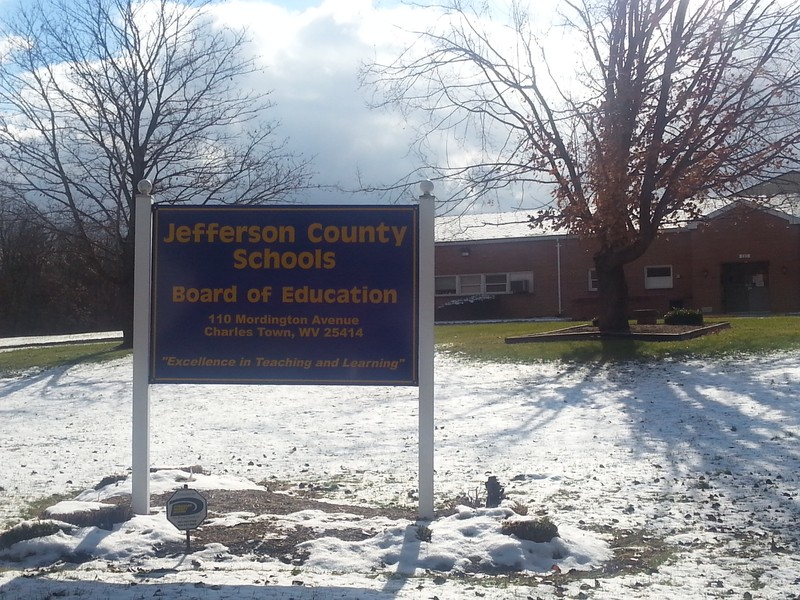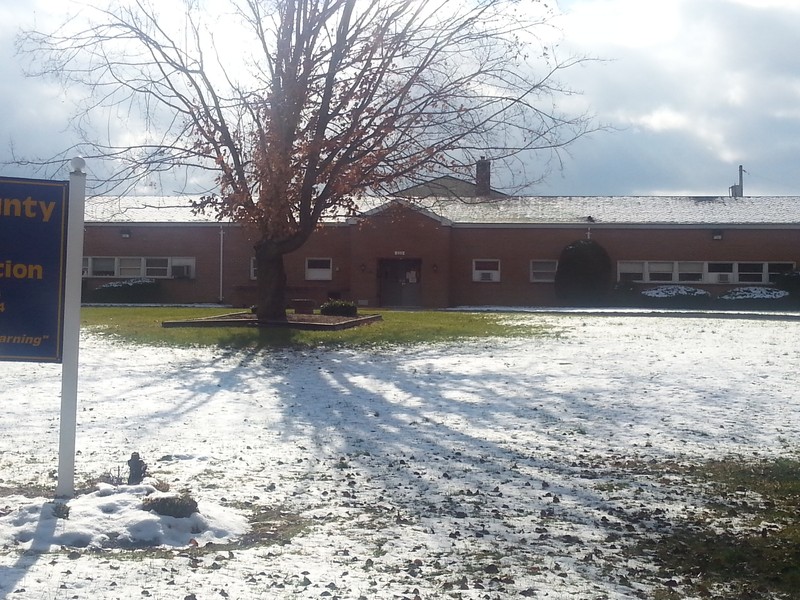Page-Jackson High School
Introduction
Text-to-speech Audio
In 1866, African Americans received the first publicly funded colored school in West Virginia. Most of the earliest colored schools were founded on the eastern side of West Virginia. At the turn of the century, more and more African Americans were looking for outlets to educate their children beyond grades 1-8 in Jefferson County. Prior to 1938, the only African American “high school,” was the high school program offered through Storer College in Harpers Ferry, WV. Storer College was a historically Black college and it closed in 1955. Storer functioned as a grade school for many years. Storer College was also out of the way for a lot of residents in Jefferson County in places like Charles Town.
The Boad of Education urged the PTA that if they could find somewhere to house the new high school and find teachers willing enough to teach there, then they could open the school. Page Jackson High School opened in the 1940s. It was given the namesake for Littleton L. Page and Phillip Jackson. Page was born into slavery but escaped to the north and he took the name Littleton L. Page after an officer that he served under during the Civil War. Philip Jackson was the principal of the colored school on Harewood Avenue now Martin Luther King Jr. Avenue from 1887-1937. Donald C. Wingo was the first principal of Page Jackson High School. Wingo was an influential leader because he made changes to Eagle Avenue Elementary School (colored elementary school) that made them a highly rated elementary school.
Page Jackson High School originally occupied a building with Eagle Avenue Elementary School. After the growing attendance of African American students attending the high school and a need for more units in the high school, a separate school was later built for the students. The Page Jackson High School was built in 1951 and it operated until 1965. Page Jackson High School was the first high school to have a quasi-military unit. During this time period, the country was involved in World War II, and a lot of America's youth fought in the war. The School housed many of Jefferson County's bright African American students whom many went on to be the first high school or college graduates in their families.
Page Jackson is believed to be one of the last Black high schools in the state of West Virginia. The building used for Page Jackson High School is used for the board of education for Jefferson County today. The Jefferson County Board of Education has a room in their building designated as “The Page-Jackson Room,” and the exhibit is open to the public during the regular office hours of the School Board. Page Jackson High School stood for something symbolic for African Americans during that time period in Jefferson County. It was a stepping stone for them to become successful during a time period where it was frowned upon to educate African Americans.
Images
Jefferson County Board of Education. This once was Page-Jackson High School

Jefferson County Board of Education. This once was Page Jackson High School

Sources
Jefferson Couty Black History Preservation Society Inc. African Americans of Jefferson County. Charleston,WV: Arcadia Publishing, 2009. Print.
Jefferson County Museum
Rissler, Jane F. Personal interview. 28 Nov. 2014
West Virginia Tourism. African American Heritage Trail (A History of Strength- A Legacy of Achievement). South Charleston, WV: West Virginia Tourism, 2013. Print.
Jefferson County Black History Preservation Society. Jefferson County West Virginia African American Heritage Trail. Ranson, WV: Jefferson County Black History Preservation Society, Print.
